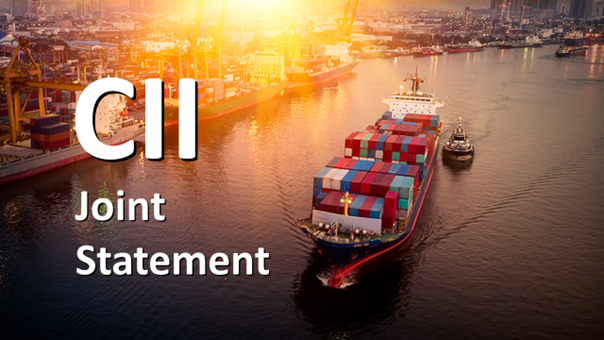

Earlier this week, we published a joint policy statement together with CLIA, ICS, INTERCARGO, INTERMANAGER and INTERTANKO asking for the IMO’s initial CII regulation to be changed, as flaws in the current system work against the shipping industry’s efforts to cut GHG emissions.
The current CII metric penalises efficiently-operated ships carrying cargo, while favouring empty ones.
With the current CII (Carbon Intensity Indicator) metric, the ship with the best Annual Efficiency Ratio (AER) is a ship always trading in ballast condition without any cargo onboard.
Furthermore, ships are penalised for time spent at ports even though the length of port calls is outside the control of the ship. The duration of port calls depends on the efficiency and limitations of the port and some ports and terminals suffer severe congestion.
The current metric therefore penalises efficiently-operated ships carrying cargo, while favouring empty ones.
The shipping industry is working towards net zero emissions by 2050 in full support of the International Maritime Organization’s (IMO) 2023 Strategy on Reduction of Greenhouse Gas (GHG) Emissions from Ships. As part of the decarbonisation ambition of the industry, the IMO has launched the CII regulation which in its current form, however, does not reflect the actual efficiency of each ship.
At the 81st session of the IMO’s Marine Environment Protection Committee (MEPC) in March 2024, the committee acknowledged that possibly inaccurate or misleading CII ratings could result in unintended adverse consequences for some ships. The committee also noted that these concerns should be fully considered and addressed during the CII review process which continues at the MEPC 82 session in September.
Read the Joint CII Policy Statement here https://lnkd.in/dbCmgq-V
Image and News Source: https://www.bimco.org/insights-and-information/safety-security-environment/20240709-cii-policy-statement
16.07.2024


